




Disclaimer: Copyright infringement not intended.
A recent study has found that depletion of soil moisture (SM) between 1979 and 2016 has contributed to 10.78 mm rise in Global Mean Sea Level highlighting an often overlooked contributor to sea level rise.
This corresponds to a loss of 3,941 gigatonnes of terrestrial water storage much of which is irreversible post 2003.
|
Regions with high depletion |
Central Asia, East Asia, Central Africa, North & South America |
|
Regions with recovery |
Parts of India, North America, Australia (limited impact globally) |
Soil Moisture Loss → Reduced Land Water Storage → Runoff into Oceans → Sea-Level Rise
Evapotranspiration + Rainfall Deficits + Deforestation + Urbanisation intensify SM loss.
Post-2003 losses are considered largely irreversible due to compounding effects of climate change.
Drier spells now 1.7x more frequent than in 1850-1990.
Groundwater Depletion influenced by low SM and other factors like precipitation and land use.
Soil Moisture–Temperature Coupling especially in regions like north-central India.
Surface Energy Flux & Crop Yields are strongly dependent on SM variability.
|
Soil Moisture Region Type |
Examples |
Hydrological Behavior |
|
Wet SM Areas |
Western Ghats, NE India |
Energy-controlled evaporation regimes |
|
Dry SM Areas |
Northwest India |
Weak evaporation variability |
|
Moderate SM Areas |
North-central India |
Strong impact on surface temperature & evaporation variability |
Modelling Results for India
|
SM Change |
Impact on Extreme Temperature Events in N-Central India |
|
+20% Soil Moisture |
60–70% reduction in frequency; 20–30% reduction in duration |
|
–20% Soil Moisture |
60–100% increase in frequency; 15–40% increase in duration |
High-Rainfall Areas
Flood management infrastructure
Improved drainage systems
Waterlogging-resistant crop varieties
Arid & Semi-Arid Regions
Efficient irrigation (drip/sprinkler)
Rainwater harvesting
Soil moisture conservation:
Mulching
Agroforestry
Drought-resistant crops
Remote Sensing e.g., GRACE, GRACE-FO
IoT based observational networks for real time SM tracking
Climate Models incorporating high resolution SM data
GIS tools for mapping SM and groundwater interactions
UNCCD COP 16 (Riyadh, 2024) emphasized land restoration and drought resilience.
There is a need for integrated land water climate management to combat desertification and adapt to climate impacts.
|
Aspect |
Details |
|
Definition |
Soil moisture is the amount of water contained in the soil available for plant roots and microbes. |
|
Types |
1. Gravitational water – drains through soil quickly 2. Capillary water – available to plants 3. Hygroscopic water – tightly bound, unavailable to plants |
|
Measurement Techniques |
Gravimetric method, Tensiometers, Time-Domain Reflectometry,Satellite remote sensing |
|
Importance |
Crucial for agriculture, ecosystem health, drought prediction, weather forecasting, and groundwater recharge |
|
Influencing Factors |
Soil texture, structure, temperature, vegetation, topography, rainfall and land use practices |
|
Soil Moisture & Climate |
Affects land-atmosphere energy exchanges, influences temperature, rainfall patterns and monsoon variability |
|
Impact on Agriculture |
Determines irrigation needs, crop selection, planting and harvesting schedules |
|
Relation with Drought |
Decline in soil moisture is a key indicator of agricultural and hydrological drought |
|
Monitoring Agencies (India) |
ISRO (using satellites like SCATSAT-1), IMD, ICAR and Ministry of Agriculture |
|
Conservation Methods |
Mulching, cover cropping, contour bunding, organic manure use, rainwater harvesting, no-till farming |
Sources:
|
PRACTICE QUESTION Q. Which of the following statements about soil moisture is/are correct?
Select the correct answer using the code below: a) 1 and 2 only Answer: c Explanation: Statement 1 is correct: Soil moisture plays a vital role in surface energy balance influencing temperature and evaporation. Statement 2 is incorrect: Hygroscopic water is unavailable, gravitational water drains quickly but capillary water is mainly available – not the only one. Statement 3 is correct: Satellites like SMAP and SCATSAT-1 measure soil moisture globally. |
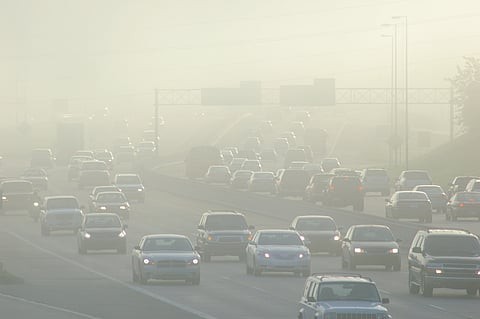
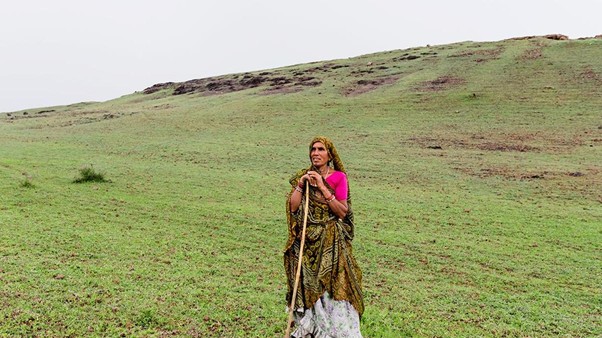
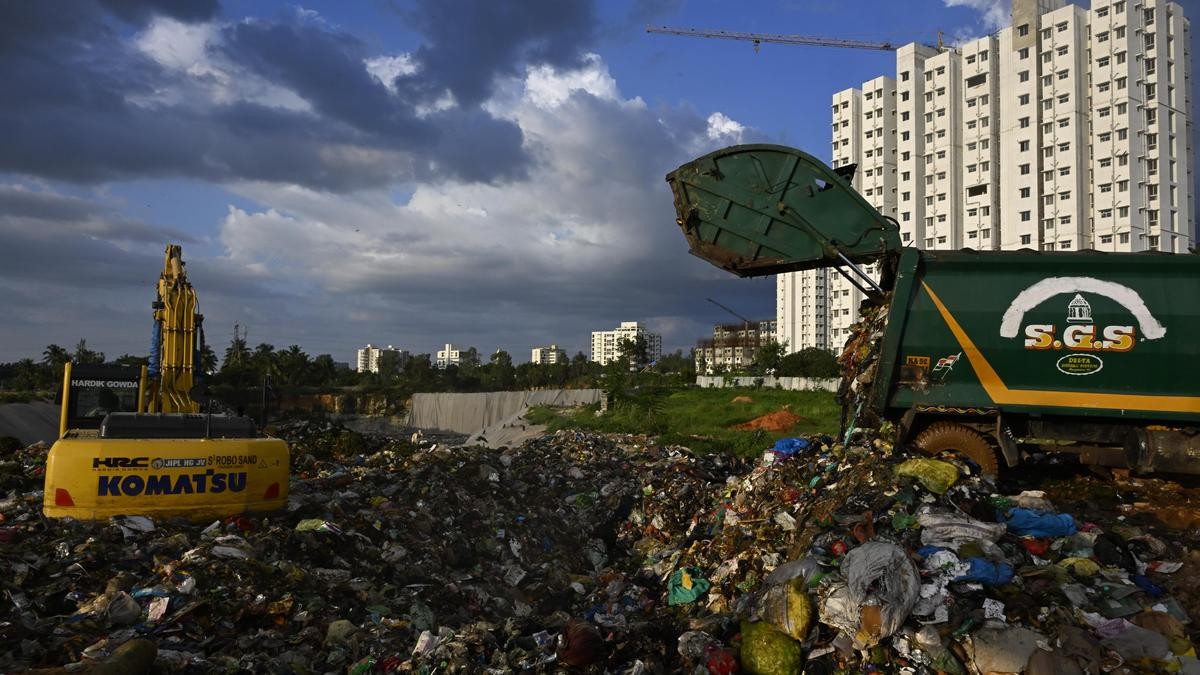

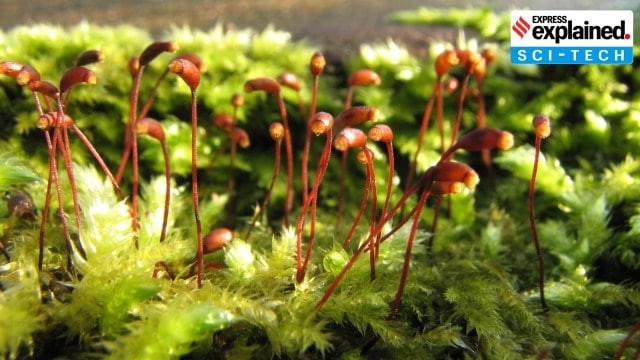
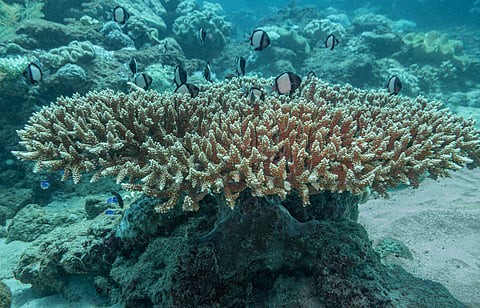

© 2025 iasgyan. All right reserved